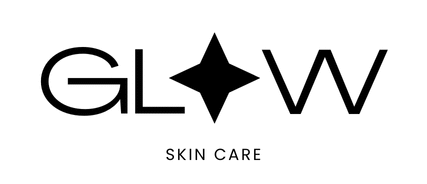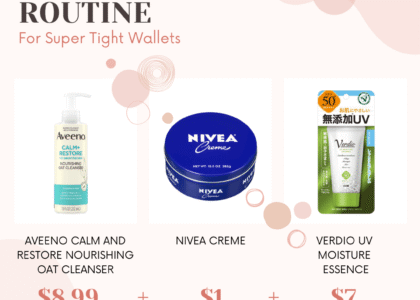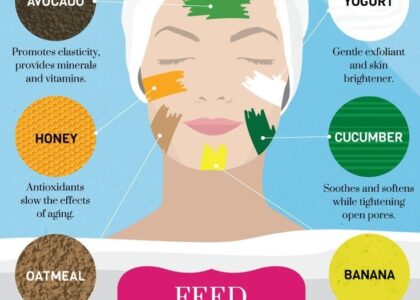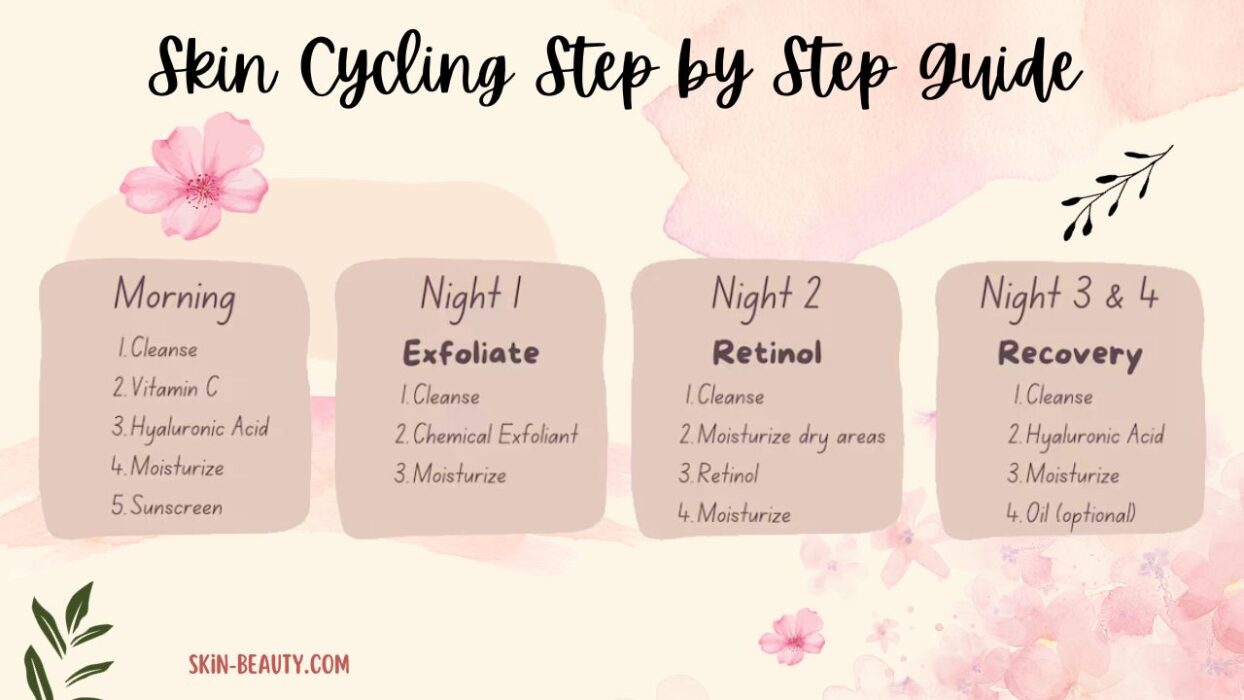Acne isn’t just a teenage problem. Millions of adults in their 20s, 30s, 40s, and beyond experience breakouts—often triggered by stress, hormones, skincare mistakes, or lifestyle factors. Adult acne can be especially frustrating, as it may appear alongside early signs of aging like fine lines and dryness.
If you’re battling adult acne, you’re not alone—and the good news is, with the right approach, it can be treated and prevented.
In this guide, we’ll cover:
- What causes adult acne
- Key differences from teen acne
- How to treat it effectively
- Prevention tips to keep your skin clear
What Is Adult Acne?
Adult acne is acne that persists into adulthood or begins after age 25. It can appear as:
- Blackheads and whiteheads (non-inflammatory)
- Papules, pustules, or cysts (inflammatory)
- Hormonal acne (often along the jawline or chin)
Unlike teen acne, adult acne may:
- Last longer and be more stubborn
- Leave more pigmentation or scarring
- Be linked to hormones, stress, or skincare habits
What Causes Adult Acne?
Several factors can trigger or worsen adult acne:
1. Hormonal Fluctuations
- Menstrual cycle, pregnancy, perimenopause
- Increased androgen levels stimulate oil production
2. Stress
- Triggers cortisol production, which can increase inflammation and oiliness
3. Skincare & Makeup Products
- Comedogenic ingredients can clog pores
- Harsh or drying products can cause skin to overproduce oil
4. Diet
- High-glycemic foods and dairy may worsen breakouts in some individuals
5. Poor Skin Hygiene
- Not removing makeup properly
- Touching your face or using dirty pillowcases/phones
How to Treat Adult Acne Effectively
Here’s a dermatologist-approved routine and treatment approach for managing adult acne:
1. Cleanse Gently but Effectively
Over-cleansing can strip your skin, while under-cleansing allows bacteria and oil buildup.
Use:
- A gentle, non-comedogenic cleanser
- Salicylic acid or benzoyl peroxide cleansers for mild acne
Cleanse twice daily—morning and night.
2. Don’t Skip Moisturizer
Many acne sufferers avoid moisturizers, thinking they cause breakouts. But hydrated skin is healthier and less reactive.
Use:
- Oil-free, non-comedogenic moisturizers
- Look for niacinamide, ceramides, or squalane
Hydration helps maintain a healthy barrier and reduces inflammation.
3. Use Targeted Acne Treatments
For Active Breakouts:
- Benzoyl Peroxide: Kills acne-causing bacteria
- Salicylic Acid: Exfoliates inside the pores
- Sulfur or Clay Masks: Draw out oil and calm inflammation
For Hormonal Acne:
- Retinoids: Boost cell turnover and prevent clogged pores
- Spironolactone (oral Rx): Blocks androgens (prescription only)
- Oral Contraceptives: Can regulate hormone fluctuations
Introduce active ingredients slowly to prevent irritation.
4. Add a Retinoid to Your Night Routine
Retinoids are the gold standard for both acne and aging.
Benefits:
- Unclogs pores
- Boosts collagen
- Fades acne scars and dark spots
Options:
- Over-the-counter: Retinol, adapalene (Differin)
- Prescription: Tretinoin, Tazorac
Start 2–3 nights per week, then build up as tolerated.
5. Always Wear Sunscreen
Some acne treatments (like retinoids or acids) make your skin more sensitive to the sun.
Use:
- Oil-free, broad-spectrum SPF 30+
- Mineral-based if you have sensitive or acne-prone skin
Daily sunscreen prevents hyperpigmentation and scarring from old breakouts.
What Not to Do
Avoid these common mistakes:
- Popping pimples (can lead to scarring)
- Over-exfoliating or scrubbing too hard
- Skipping moisturizer
- Using too many actives at once
- Ignoring sunscreen
Lifestyle Tips to Prevent Adult Acne
Clear skin isn’t only about products—daily habits play a major role too.
Do:
- Wash pillowcases and towels 1–2x per week
- Clean your phone screen regularly
- Avoid touching your face
- Manage stress with exercise, sleep, and mindfulness
- Eat a balanced diet rich in fruits, veggies, and omega-3s
- Stay hydrated
Avoid:
- Heavy, greasy makeup (look for “non-comedogenic” labels)
- Smoking or excessive alcohol
- Diets high in sugar and processed carbs
When to See a Dermatologist
If your acne is:
- Painful or cystic
- Leaving dark marks or scars
- Not improving after 2–3 months of OTC treatments
Book an appointment with a board-certified dermatologist. Prescription options like topical antibiotics, retinoids, or oral medications may be needed.
Summary: Key Steps to Treat and Prevent Adult Acne
| Step | Action |
|---|---|
| 1 | Use a gentle, acne-fighting cleanser |
| 2 | Moisturize with non-comedogenic ingredients |
| 3 | Treat with benzoyl peroxide, salicylic acid, or retinoids |
| 4 | Protect skin with daily SPF 30+ |
| 5 | Maintain good hygiene and stress management |
| 6 | See a dermatologist if breakouts persist |
Final Thoughts
Adult acne can feel overwhelming—but with the right routine and lifestyle shifts, it’s absolutely manageable. Be patient, consistent, and kind to your skin. The path to clear skin is a marathon, not a sprint.





